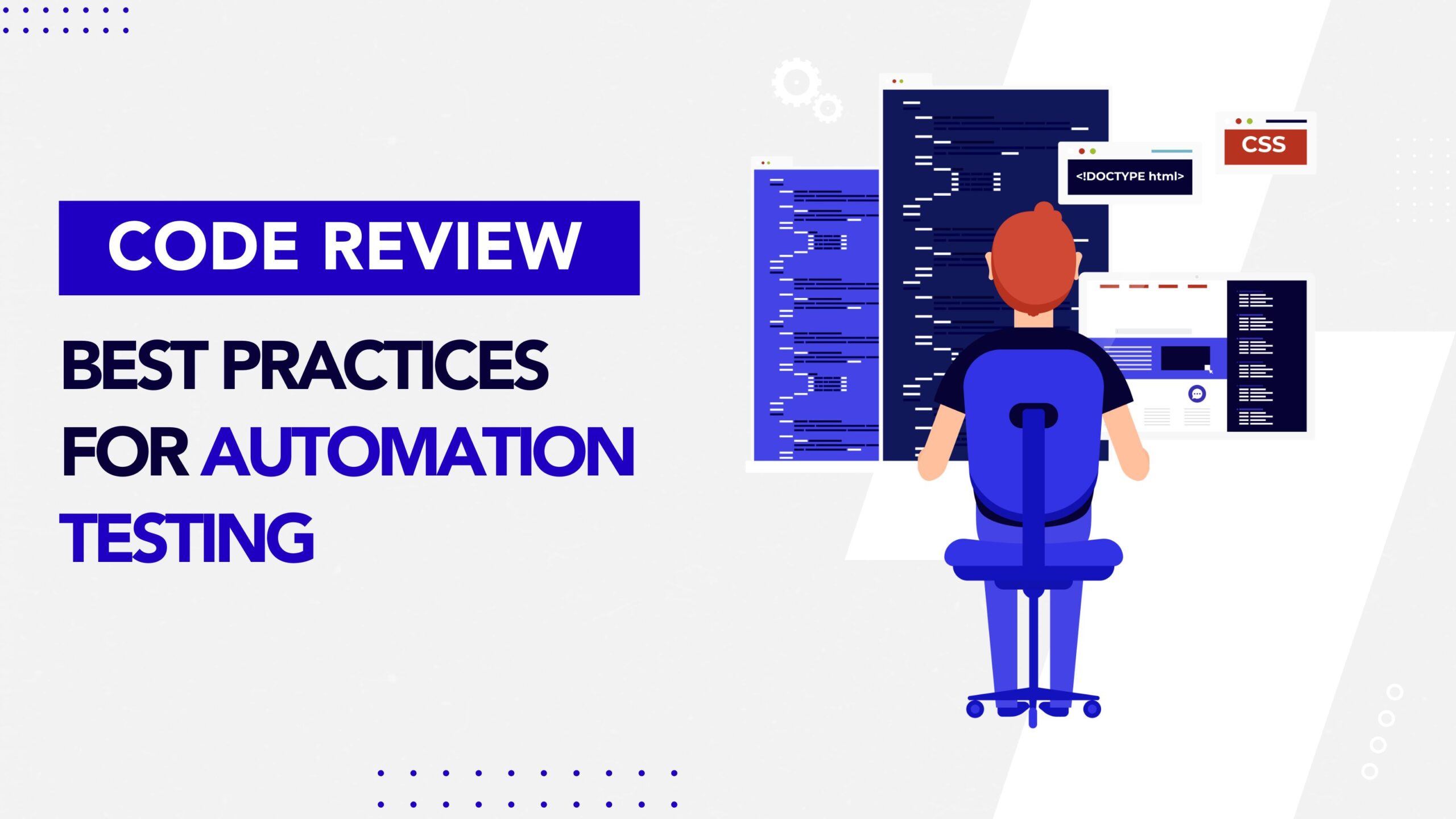What is meant by an error or a bug in software development? It is a deviation from purported accuracy and failure in a computer program/system that causes it to produce an incorrect result. There is no software without bugs, and testers encounter new defects every day. Some are standard and frequently appear in comparison to others. Instead of a random search, a systemic process will help uncover quickly multiple defects that need to be fixed before product launch to market.
That’s why software testing services companies are making sure their teams are up to date on testing bugs/errors in their software, apps, or builds. Let’s discuss some common types of bugs or errors all software testers encounter during software testing.
Crash: A sudden failure of the software application, operating system, hardware device is known as a crash error. It occurs when there is wrong device usage, underutilization of device intelligence, and misunderstood status of instruction codes.
Functional: The software is expected to behave a certain way, and this is commonly known as functionality. If it varies from the expected output, it is known as functional error.
Acknowledgment message: An error is caused when the user is acknowledged/given feedback with the wrong message or no message after doing an action.
Error handling: When the user interacts with the software, it needs to be handled properly. If not, an error occurs. Users should be informed about the cause of the error and how to rectify it, for example, mandatory fields in a form.
Incorrect calculations: Errors that arise from localization or when developers key in wrong formulas, unit of measures, data type, coding, or conversion factors.
Control flow: Software control flow means that certain processes must happen in a specific order for the software to function correctly.
Boundary related: It is caused due to limitations in loop, space, time, and memory or mishandling of cases outside the boundary.
Communication: Errors when you can’t find newly implemented features in the documentation even though they have passed functional tests due to communication issues.
Syntax, typos, and grammatical: While testing the GUI of the product, the product must be translated into different languages, and thus syntax, typo, and language errors are possible.
Missing command: The absence of a logical option for pop-up windows can cause a missing commands error, which causes end-user dissatisfaction.
Compilation: QA teams should conduct a sanity test before the build being launched to avoid compilation errors due to quick fixes and rush to market.
Load and performance: Load test behaviors for speed, denial of service, or incomplete handling. Performance tests are concerned with speed, tracking processing time, transmission, and screen rendering.
Security: Penetration testing checks input user text and should be validated for proper format. It entails snippets designed to trick the database into showing errors.
Not all errors are the same, and there are various ways to categorize these bugs based on frequency, severity, module, and layers. So document your entire bug tracking system to ensure you stay on top of fixing them. Hire a top software testing company like Codoid, to take care of your bug testing needs and outsource your QA needs to us.
































Comments(0)